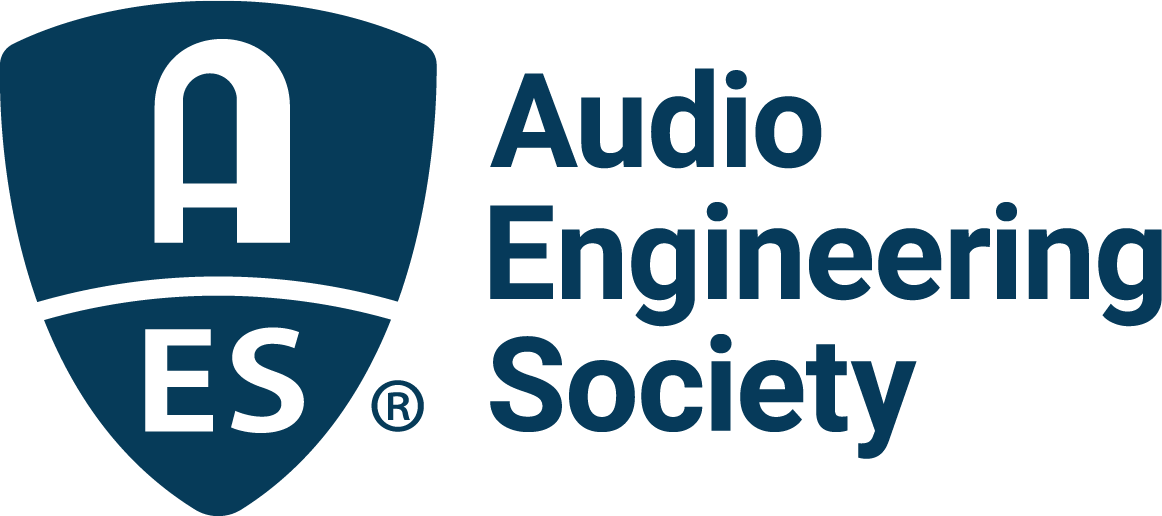While a lot has been said in recent years about sophisticated 3D audio involving lots of loudspeakers, it pays to revise some of the basics of two-channel stereophony. It’s remarkable just how much you can do with only two channels, perhaps surprisingly including creating a sense of immersion or envelopment. It’s also relatively simple! There are so many papers and resources on the topic that it would be impossible to include them all here, so my collection below highlights some interesting historical controversies on the subject of capture and reproduction. It seems to come down to what perceptual attributes are most valued in the resulting sound image, considering that two-channel stereophony using loudspeakers is almost certainly incapable of delivering fully immersive three-dimensional imaging of spaces and the sources within them. (Here I exclude so-called transaural stereo, which involves binaural reproduction over loudspeakers, coupled with crosstalk cancelling.) Alongside this there’s the issue of what “spaciousness” is actually caused by. Finally there is the question of how we believe that the brain can interpret what’s coming out of only two loudspeakers in a room with at least some reflections of its own thrown in.
I cannot help but note in relation to all of this, though, that most learned papers on stereophony seem to start from the basic assumption that people will make stereo recordings with a simple microphone pair that captures the entire scene. In commercial practice this is rarely the case, although the “stereo pair” can be a good starting point for acoustic recordings.

